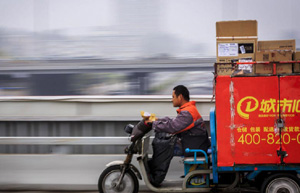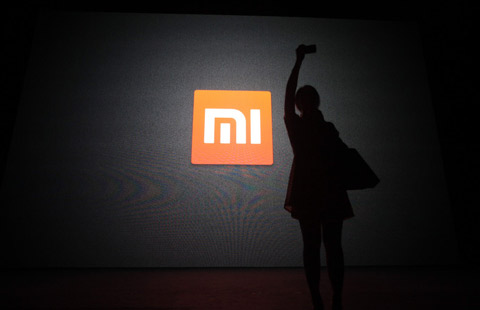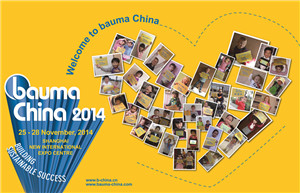Globalization is the new buzzword in e-commerce
By Meng Jing (China Daily) Updated: 2014-11-12 09:52Facing the pressure of a slowing economy, the Chinese government is looking for opportunities to unlock domestic consumption, including trial programs in the China (Shanghai) Pilot Free Trade Zone and other pilot projects with bonded warehouses to expedite customs procedures to encourage cross-border e-commerce.
Xu said that the popularity of cross-border e-commerce will continue to rise, with more global brands becoming aware of China's online market opportunity. That will allow such companies to leapfrog China's fragmented offline market.
Costco, a United States-based warehouse club retailer that joined the Tmall Global (a B2C platform of Alibaba) in October, is one such example. Within days of launching, Costco sold more than 3 metric tons of nuts and 1 ton of dried cranberries to Chinese consumers.
According to Analysys International, total transactions in China's cross-border e-commerce sector reached 2.7 trillion yuan in 2013, of which exports accounted for 2.4 trillion yuan.
However, a recent report from PayPal pointed out that the number of consumers of cross-border e-commerce in China will surge to 35.6 million in 2018, creating a market of more than 1 trillion yuan.
Despite the huge potential for online merchants and consumers, the path of purchasing across borders can still be a bumpy one.
It can take buyers out of their comfort zone, forcing them to pay in a foreign currency at unclear exchange rates, unable to use their preferred payment methods and unfamiliar with duties, taxes, customs, shipping and other hidden costs.
For this year's Nov 11 shopping festival, Amazon.com Inc has opened six overseas platforms in the United States, Germany, Spain, France, the United Kingdom and Italy to Chinese consumers. But Zhang said being a local platform, its edge is that the company's website is in Chinese. Most Chinese are not comfortable shopping directly from sites that use foreign languages and want credit cards, he said.
Alibaba's Tmall Global offers thousands of products from more than 20 countries, compared with more than 80 million overseas products offered by the multinational Amazon.
Wang Xiaoxing, an analyst at Analysys International, said that online cross-border e-commerce also poses challenges to the pricing strategies of brands, which may eventually limit the number of foreign offerings available online to Chinese consumers.
"Some brands tend to have different pricing strategies in different countries. Overseas high-end brands may be reluctant to participate in big sales events such as Nov 11," Wang said.
The cross-border model helps narrow price disparities for some brands across countries, but it will not completely close all gaps because the disparities are caused by tariffs, transportation costs, local market demand and currency rates as well as companies' pricing strategies.
"Right now, all of the imported goods purchased through e-commerce sites face certain levels of tariffs imposed by Chinese customs, which means shoppers will not see a big price difference between online stores and brick-and-mortar stores," he said.
|
 |
 |
| Singles Day shopping craze broadens e-commerce's reach | 8 things you should know about 'Double 11' |
- Cash crunch fans expectation on RRR cut
- US extends antidumping duties on China's thermal paper
- Modern food van with ancient look in Shanghai
- China home prices continue to cool in November
- Asia's top 3 billionaires all Chinese
- Old investment remedy the treatment for China's "new normal"
- China's solar sector opposes US anti-dumping ruling
- BMW to recall 846 cars in China
















